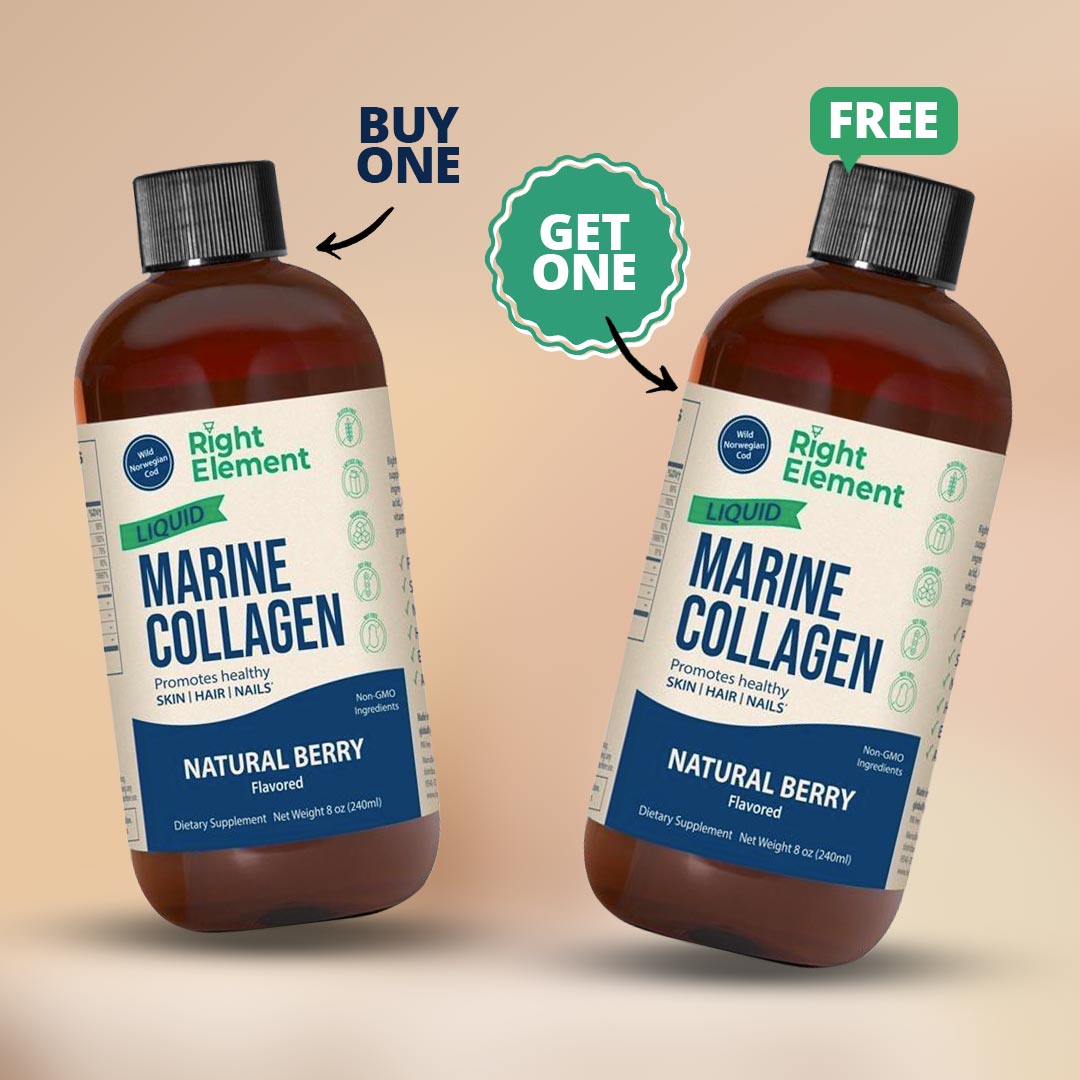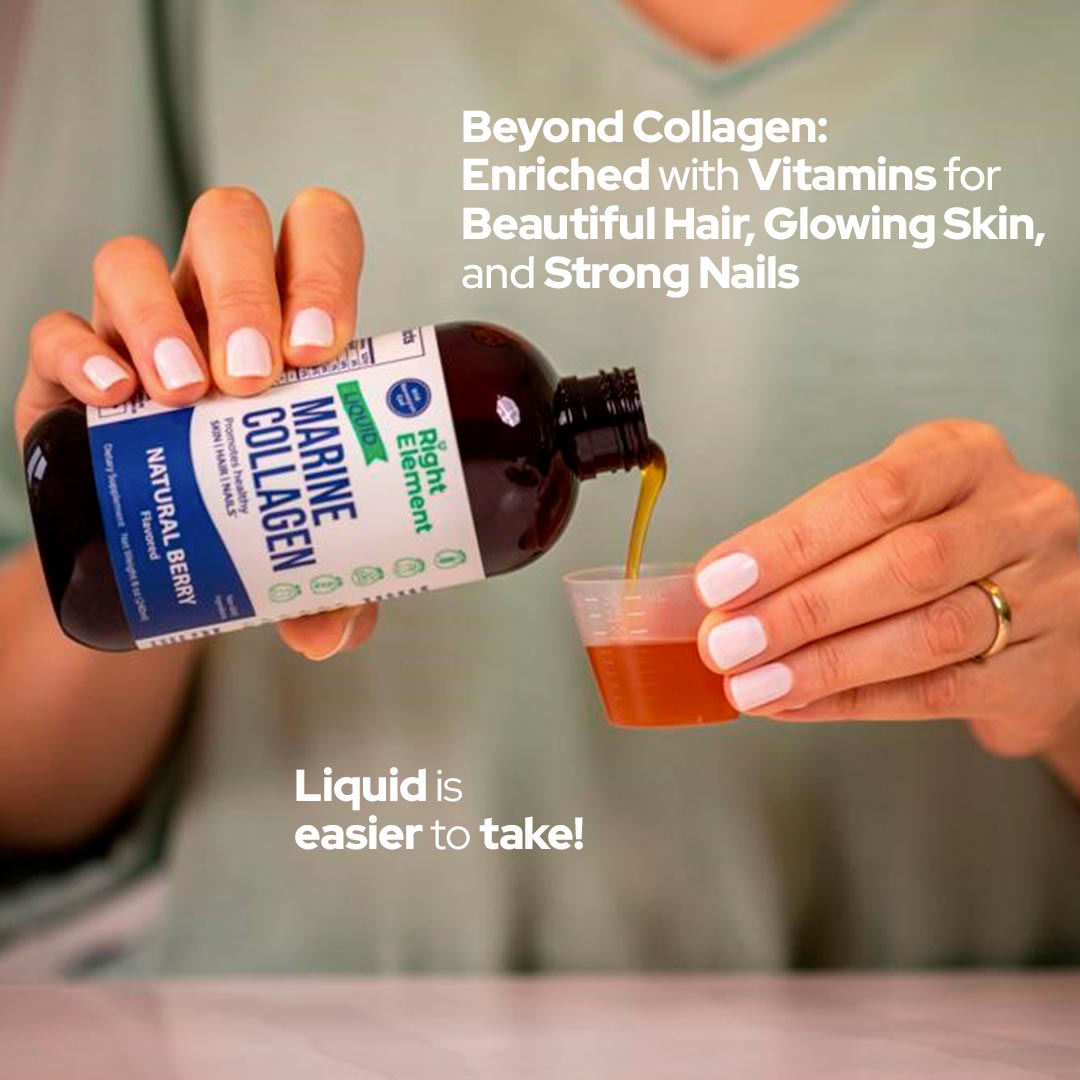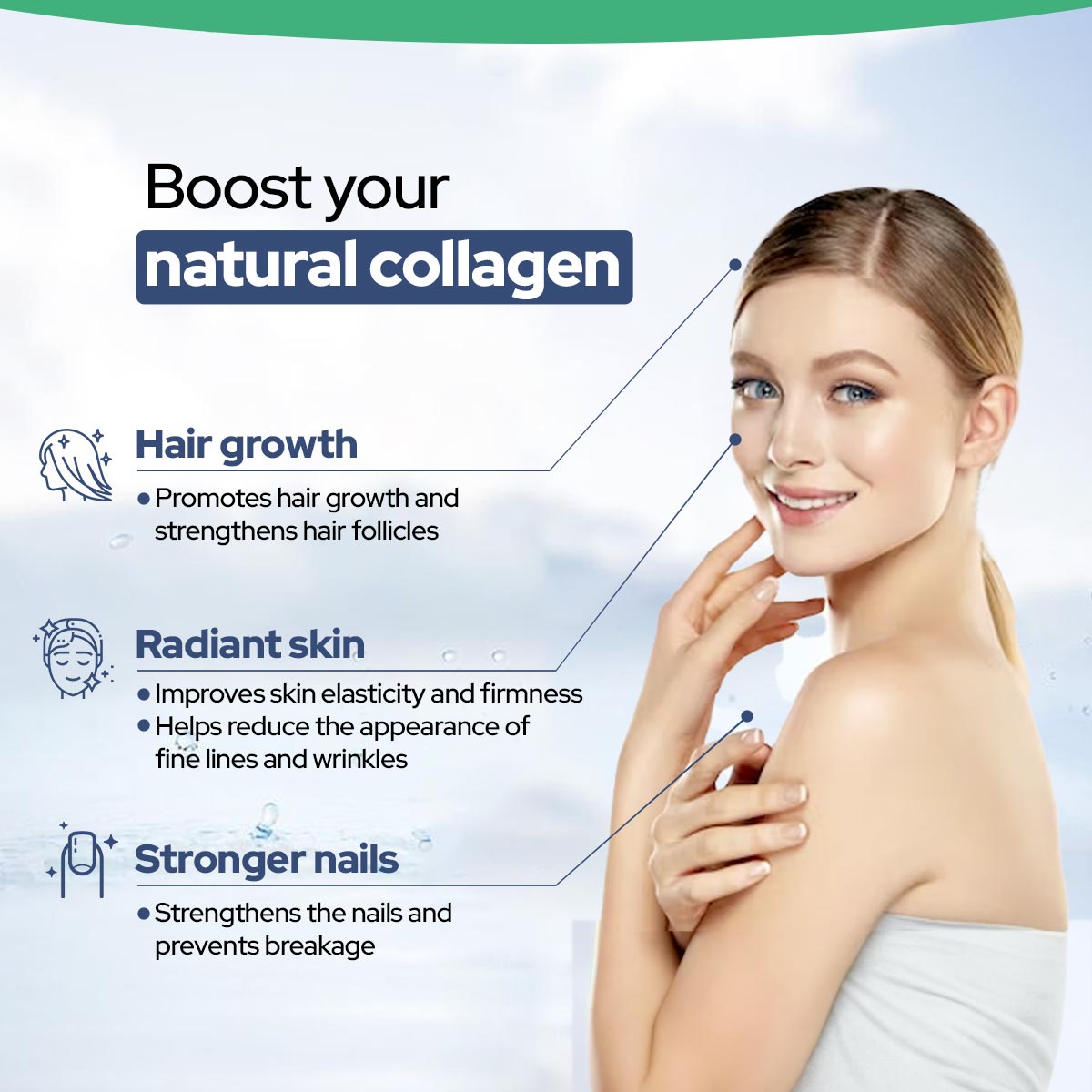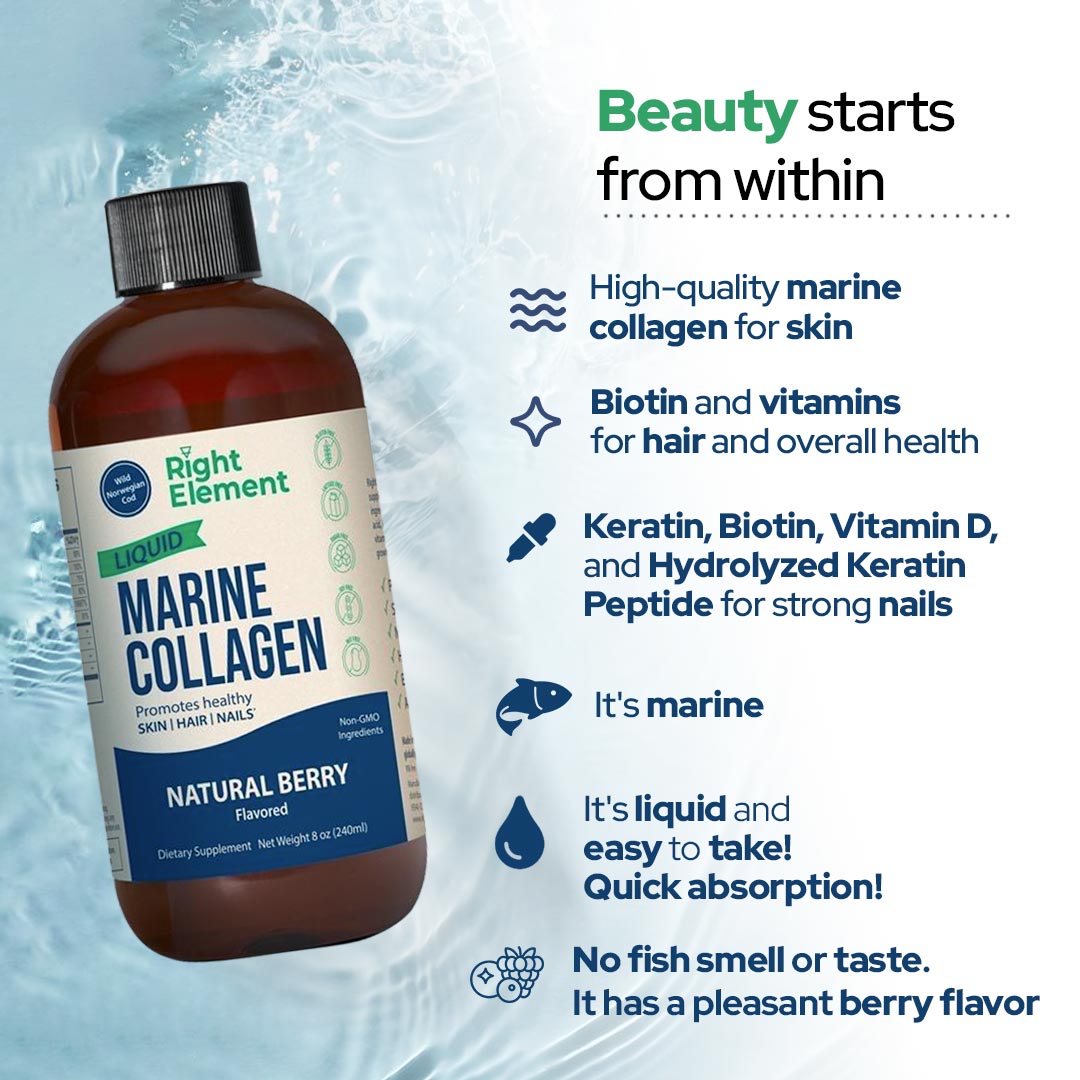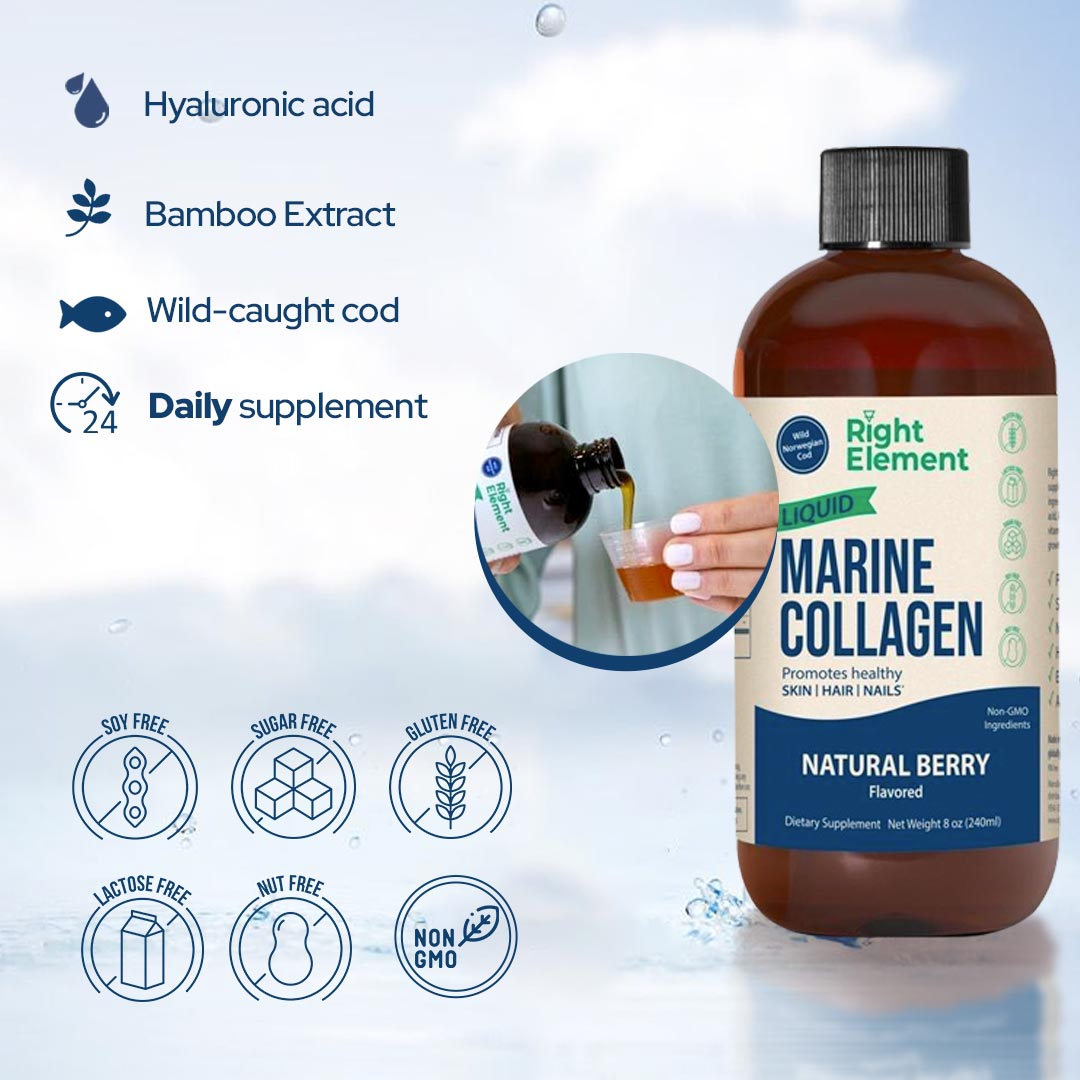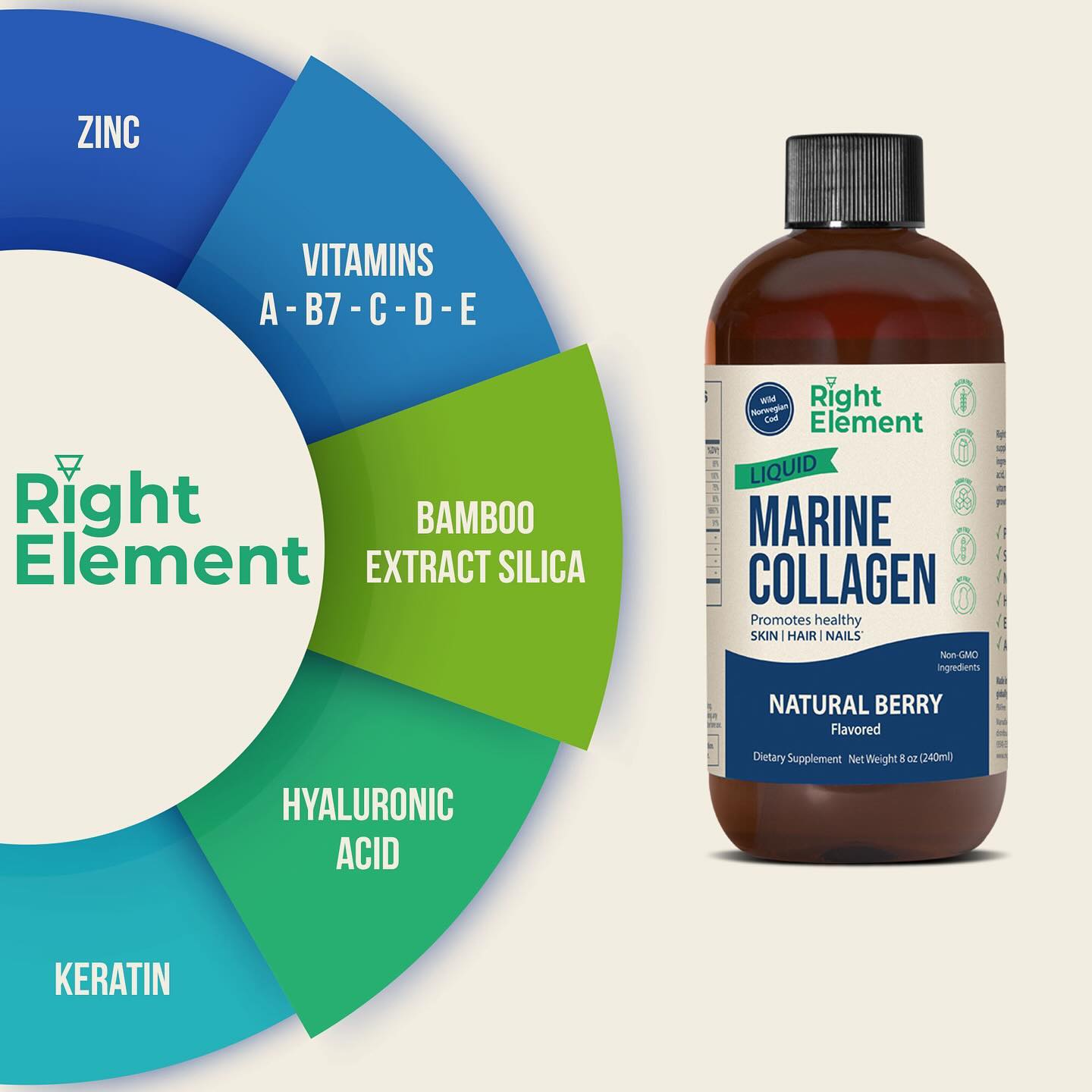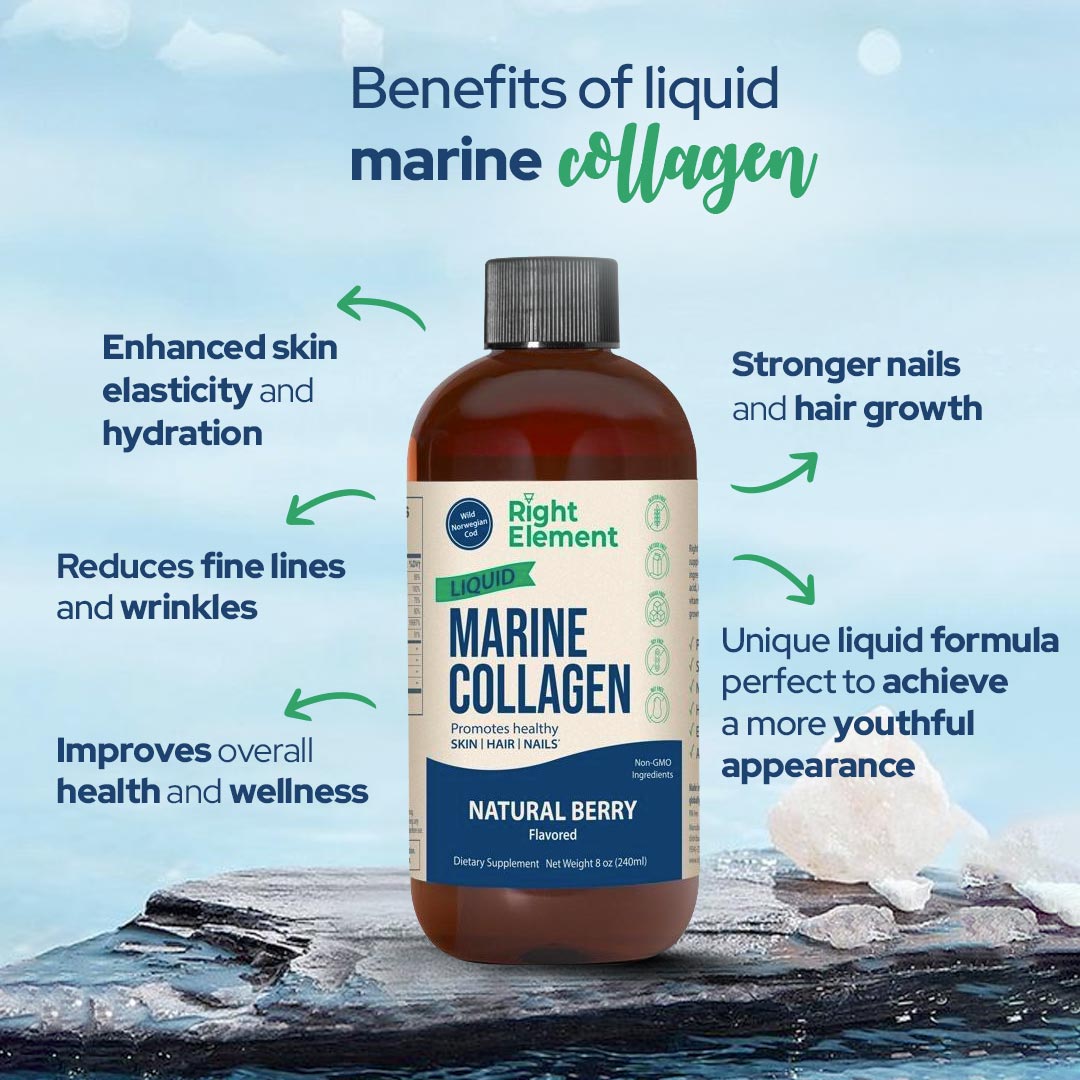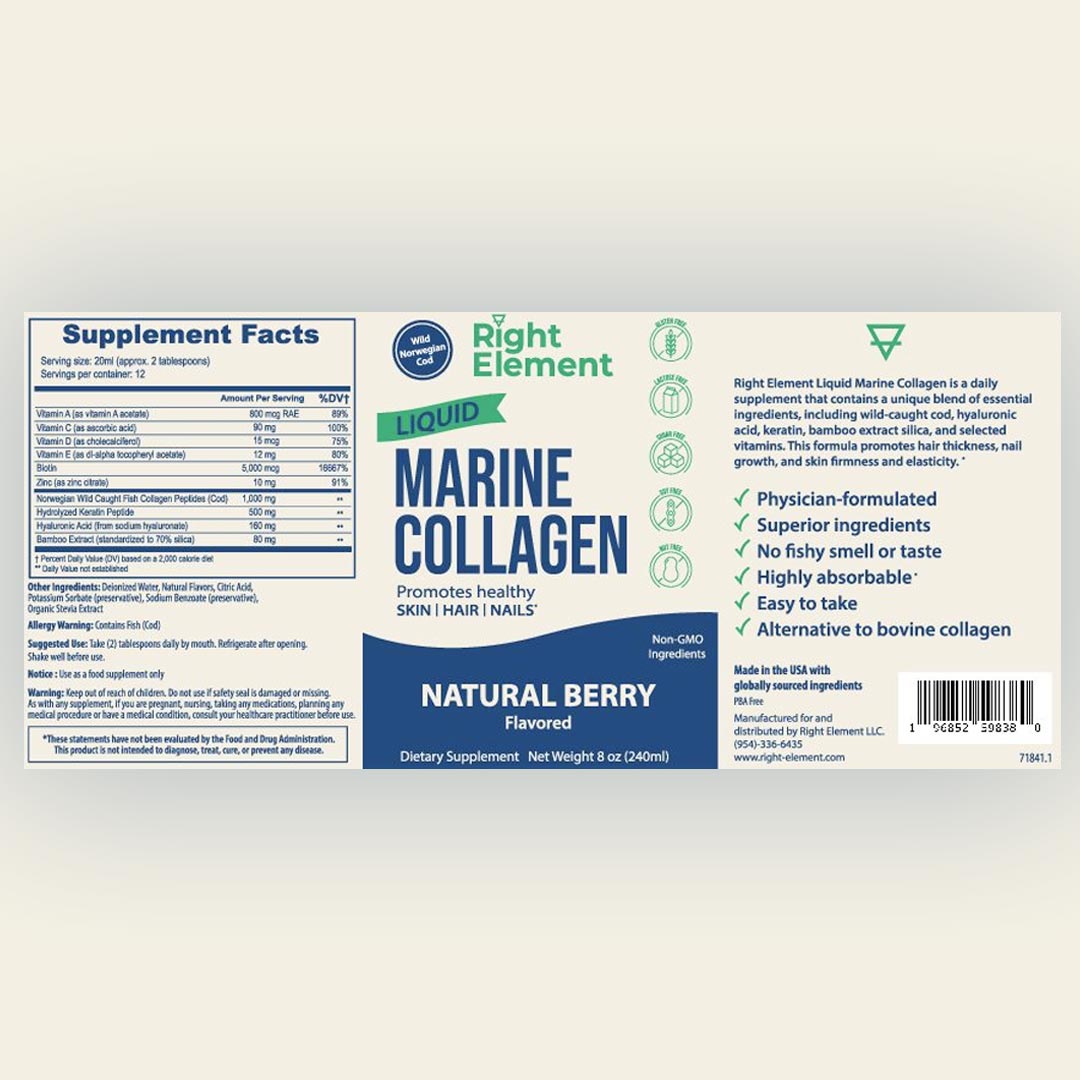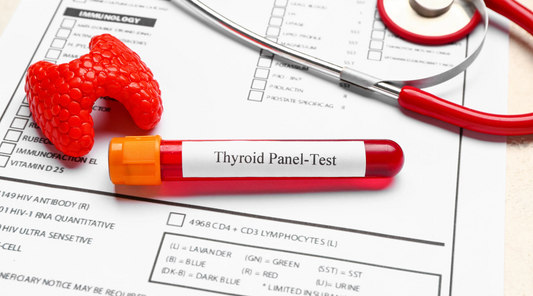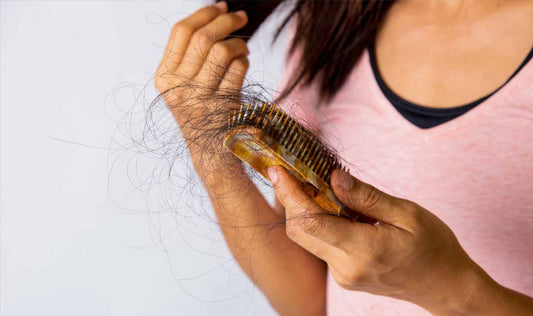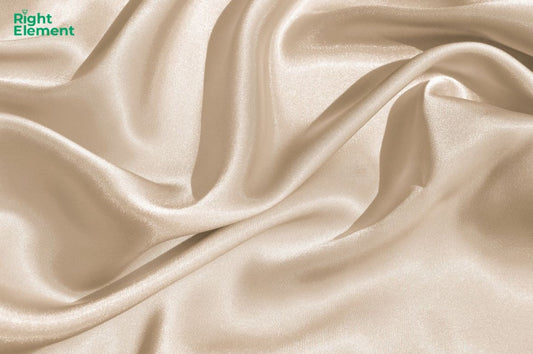Understanding Nail Diseases and Their Care
Our nails are more than just a canvas for colorful polish; they are an essential part of our overall health and well-being. From protecting our fingertips to aiding in everyday tasks, nails play a crucial role. However, they are also susceptible to a variety of diseases and conditions that can affect their appearance and function. Nail problems can range from minor inconveniences to significant health issues, often serving as indicators of underlying health conditions.
In this post, we will explore common nail diseases, their causes, symptoms, and treatment options. Whether you are dealing with brittle nails, fungal infections, or more complex conditions like nail psoriasis, understanding these issues is the first step toward effective care and management. Additionally, we will provide practical tips on maintaining healthy nails, helping you recognize when it's time to seek professional help. By the end of this guide, you'll be better equipped to keep your nails in top condition, ensuring they remain strong, healthy, and beautiful.
Nail diseases:
-
Nail Psoriasis
Nail psoriasis is a common manifestation of psoriasis, an autoimmune disease that accelerates the life cycle of skin cells, causing cells to build up rapidly on the surface of the skin. This condition can significantly impact the nails, leading to a variety of symptoms that affect both the appearance and functionality of the nails as scales and red patches.
Research indicates that up to 50% of individuals with psoriasis experience nail involvement at some point, and the prevalence increases with longer disease duration.
Symptoms
- Nail Pitting: Small, pinpoint depressions on the nail surface, caused by defective nail matrix production.
- Onycholysis: Separation of the nail from the nail bed, often resulting in a white or yellowish discoloration.
- Subungual Hyperkeratosis: Thickening of the skin under the nail, leading to a buildup that can lift the nail.
- Discoloration: Nails may turn yellow, brown, or develop reddish patches known as "oil drops."
- Crumbling: The nail may become brittle and crumble.
Treatments
- Topical Treatments: High-potency corticosteroids are commonly prescribed to reduce inflammation and slow cell turnover. Other topical agents include calcipotriol (a vitamin D analog) and tazarotene (a retinoid), which can help reduce pitting and discoloration.
- Systemic Treatments: For individuals with severe nail psoriasis or concomitant skin psoriasis, systemic treatments such as methotrexate, cyclosporine, or biologics (e.g., TNF inhibitors, IL-17 inhibitors) may be effective. These medications help to modulate the immune response and reduce inflammation throughout the body.
- Intralesional Corticosteroids: Injecting corticosteroids directly into the nail bed can provide relief in cases of severe inflammation and thickening.Laser Therapy: Emerging evidence suggests that certain types of laser treatments can improve nail psoriasis by targeting the blood vessels that supply the inflamed areas
-
Brittle Splitting Nails (Onychoschizia)
Onychoschizia, commonly known as brittle splitting nails, is a prevalent condition characterized by the splitting, softening, and thinning of the nails. This condition can affect individuals of all ages but is particularly common in women and older adults.
Causes- Environmental Factors: Frequent exposure to water, detergents, and harsh chemicals is a significant risk factor. Occupations that involve frequent handwashing or handling of chemicals, such as healthcare workers and cleaners, are particularly susceptible.
- Nutritional Deficiencies: Deficiencies in iron, biotin, and other essential nutrients can weaken the nails. Research indicates that low levels of iron and biotin are commonly associated with brittle nails.
- Aging: As people age, their nails can become more brittle and prone to splitting due to decreased moisture and slower nail growth rates.
- Underlying Health Conditions: Conditions such as hypothyroidism, anemia, and skin diseases like psoriasis and eczema can affect nail health.
- Genetic Factors: A family history of brittle nails can increase the likelihood of developing onychoschizia.
- Splitting: The nails split horizontally, often at the tips, which can cause discomfort and lead to further damage.
- Softness and Thinness: Affected nails may become noticeably softer and thinner than usual.
- Peeling: Layers of the nail can peel away, leading to ragged edges and an uneven appearance.
- Fragility: Nails break easily with minimal trauma.
- Moisturization: Regular application of moisturizers, particularly those containing urea, alpha-hydroxy acids, or lanolin, can help restore moisture to the nails and prevent further splitting.
- Protective Measures: Wearing gloves while performing household chores or when exposed to water and chemicals can protect the nails. This reduces the risk of damage caused by repeated wetting and drying cycles.
- Nutritional Supplements: Supplementation with biotin (vitamin B7) has been shown to improve nail strength and reduce splitting. Iron supplementation may be necessary if a deficiency is identified.
Click on the picture bellow to get yours!
- Avoiding Nail Trauma: Keeping nails trimmed and avoiding activities that can cause trauma, such as nail-biting or using nails as tools, is crucial.
- Topical Treatments: Application of topical nail hardeners can provide temporary strength to brittle nails. However, these should be used cautiously as overuse can lead to further brittleness.
- Treatment of Underlying Conditions: Managing underlying health issues, such as hypothyroidism or skin conditions, can improve nail health.
-
Onychogryphosis
Onychogryphosis, commonly known as "ram's horn nails," is a condition characterized by the abnormal thickening and curvature of the nails, most often affecting the big toe. This disorder can lead to significant discomfort and functional impairment, making it essential to understand its causes, symptoms, and treatment options.
Causes- Genetic Predisposition: There is a hereditary component to onychogryphosis, with some individuals genetically predisposed to abnormal nail growth.
- Trauma: Repeated injury or pressure on the nails, often due to ill-fitting footwear, can contribute to the development of onychogryphosis.
- Circulatory Problems: Poor blood circulation, particularly in the lower extremities, can affect nail growth and lead to thickening and deformity.
- Psoriasis and Other Skin Conditions: Chronic skin conditions like psoriasis and ichthyosis can impact nail health and structure.
- Aging: The likelihood of developing onychogryphosis increases with age, as nail growth slows and thickens naturally over time.
- Nail Discoloration: The affected nail may turn yellow or brown.
- Pain and Discomfort: The abnormal growth can cause significant pain, especially when wearing shoes or walking.
- Difficulty in Nail Care: The thickened, curved nails can be challenging to trim and maintain.
- Secondary Infections: Thickened nails can create a breeding ground for fungal and bacterial infections, complicating the condition further.
Professional Trimming: A podiatrist or dermatologist can trim the nail and demonstrate how to maintain it at home.
Surgical Removal: In severe cases, removal of the nail bed may be necessary.
-
Ingrown Toenails
Ingrown toenails, medically known as onychocryptosis, are a common and painful condition where the edge of a toenail grows into the surrounding skin, causing inflammation, pain, and sometimes infection. This condition most frequently affects the big toe and can lead to significant discomfort and mobility issues if not properly managed.
Causes- Improper Nail Trimming: Cutting the toenails too short or rounding the edges can encourage the nail to grow into the skin.
- Ill-Fitting Footwear: Tight shoes or high heels can exert pressure on the toes, forcing the nail to grow abnormally.
- Trauma: Repeated injury to the toenail, such as stubbing the toe or activities that involve significant toe pressure, can lead to onychocryptosis.
- Genetic Factors: A hereditary tendency toward thicker nails or a more curved nail shape can increase the likelihood of developing ingrown toenails.
- Poor Foot Hygiene: Neglecting proper foot care can contribute to nail and skin problems, including ingrown toenails.
- Hyperhidrosis: Excessive sweating of the feet can soften the nail and skin, making it easier for the nail to penetrate the skin.
- Pain and Tenderness: Pain is often the first symptom, particularly along the sides of the nail.
- Redness and Swelling: The area around the ingrown nail becomes red, swollen, and tender to the touch.
- Infection: If the ingrown nail breaks the skin, it can lead to an infection characterized by increased pain, pus discharge, and sometimes fever.
- Overgrowth of Skin Tissue: In chronic cases, there can be an overgrowth of skin tissue around the affected nail.
- Conservative Management: In mild cases, soaking the foot in warm water several times a day can reduce swelling and pain. Applying antibiotic ointment and keeping the foot dry can help prevent infection.
- Proper Nail Care: Educating patients on proper nail trimming techniques is crucial. Nails should be cut straight across, and the corners should not be rounded.
- Footwear Modifications: Wearing shoes that provide ample room for the toes can relieve pressure and allow the nail to grow normally.
- Orthotic Devices: In some cases, special orthotic devices can help correct abnormal foot biomechanics that contribute to ingrown nails.
-
Nail Fungal Infections (Onychomycosis)
Nail fungal infections, or onychomycosis, are a common condition that affects the nails of the fingers and toes. Characterized by thickened, discolored, and brittle nails, onychomycosis can lead to discomfort and aesthetic concerns. Understanding the causes, symptoms, diagnostic methods, and treatment options is essential for effective management of this pervasive condition.
Causes- Age: Older adults are more susceptible due to slower nail growth, reduced blood circulation, and longer exposure to fungi.
- Medical Conditions: Diabetes, peripheral vascular disease, and immunosuppressive conditions like HIV/AIDS can increase susceptibility.
- Environmental Exposure: Frequent exposure to damp environments, such as swimming pools and communal showers, can promote fungal growth.
- Nail Trauma: Injuries to the nail or surrounding skin can provide an entry point for fungi.
- Footwear Choices: Wearing tight-fitting shoes or those that do not allow the feet to breathe can create a favorable environment for fungal growth.
Symptoms
- Thickened Nails: Nails become abnormally thick and hard to trim.
- Discoloration: Nails may turn yellow, brown, or white.
- Brittleness: Infected nails can become brittle, crumbling, or splitting.
- Nail Deformity: Advanced infections can lead to misshapen nails and separation from the nail bed (onycholysis).
Treatments
- Topical Antifungal Medications: Effective for mild to moderate infections, these include ciclopirox, efinaconazole, and tavaborole. However, penetration through the nail plate can be limited.
- Oral Antifungal Medications: Systemic treatments such as terbinafine, itraconazole, and fluconazole is often more effective for severe infections. These medications require monitoring for potential side effects, including liver toxicity.
- Laser Therapy: High-intensity laser treatments can target and destroy fungal cells with minimal side effects. Studies show promising results, though long-term efficacy needs further research.
- Mechanical Debridement: Trimming and thinning the infected nail can enhance the efficacy of topical treatments by allowing better medication penetration.
- Combination Therapy: Combining topical and oral treatments can improve outcomes, especially in stubborn cases.
-
Onycholysis
Onycholysis is a condition characterized by the painless separation of the nail from the nail bed. This detachment typically starts at the distal end of the nail and progresses proximally, causing significant cosmetic concerns and sometimes leading to secondary infections. Understanding the underlying causes, symptoms, and treatment strategies is crucial for effective management.
Causes- Trauma: Repeated trauma or injury to the nail, such as from aggressive manicures, tight footwear, or impact, can lead to onycholysis.
- Moisture and Chemicals: Prolonged exposure to moisture and chemicals, such as detergents and nail polish removers, can weaken the nail and its attachment.
- Dermatological Conditions: Skin conditions like psoriasis and eczema are commonly associated with onycholysis. Psoriasis, in particular, can lead to nail changes due to the rapid turnover of skin cells.
- Systemic Diseases: Thyroid disorders, particularly hyperthyroidism, have been linked to onycholysis. Other systemic conditions include diabetes and peripheral vascular disease.
- Fungal Infections: Onychomycosis, a fungal infection of the nail, can cause the nail to lift from the nail bed as the infection progresses.
- Medications: Certain medications, including tetracyclines, retinoids, and chemotherapeutic agents, can induce onycholysis as a side effect.
- Allergic Reactions: Allergic reactions to nail cosmetics, adhesives, or topical medications can cause nail detachment.
- Injury
- Chemical Exposure
- Allergic Contact Dermatitis
- Water Immersion
- Psoriasis and Fungal Infections
- Nail Separation: The primary symptom is the separation of the nail plate from the nail bed, starting from the distal edge and moving inward.
- Discoloration: The detached portion of the nail often appears white, yellow, or greenish due to air, debris, or secondary infection underneath the nail.
- Thickened Skin: The underlying nail bed may thicken or develop hyperkeratosis as a protective response.
- Secondary Infection: Detachment can create an environment conducive to bacterial and fungal infections, leading to additional discoloration and odor.
- Nail Separation.
- Discoloration: Green, yellow, or opaque nails.
- Nail Thickening or Pitting.
- Protective Measures: Keeping nails dry and avoiding prolonged exposure to water and chemicals is crucial. Wearing gloves during household chores and using protective footwear can help.
- Proper Nail Care: Trimming the detached portion of the nail to prevent further trauma and reduce the risk of secondary infection is recommended. Nails should be kept short and filed smoothly.
- Topical Treatments: Topical antifungal or antibacterial treatments may be prescribed if an infection is present. Moisturizing creams and ointments can help maintain nail and skin health.
- Systemic Treatments: In cases linked to systemic conditions like hyperthyroidism or psoriasis, treating the underlying disease is essential. This may involve hormonal therapy, immunosuppressive agents, or systemic antifungal medications.
- Avoidance of Irritants: Patients should avoid known allergens and irritating substances, particularly if onycholysis is related to allergic contact dermatitis.
- Behavioral Modifications: Advising patients to avoid nail biting, picking, or trauma-inducing activities can prevent further nail damage.
-
Paronychia
Paronychia is a common nail disorder characterized by inflammation of the periungual tissues, the skin surrounding the nail. It can be classified into acute and chronic forms, each with distinct causes, clinical features, and treatment approaches. Understanding the underlying mechanisms, risk factors, and management strategies is crucial for effective treatment and prevention.
CausesThe etiology of paronychia varies between its acute and chronic forms, each driven by different factors:
Acute Paronychia:- Bacterial Infection: The most common cause of acute paronychia is bacterial infection, typically by Staphylococcus aureus or Streptococcus species. These infections often result from trauma or injury to the nail fold, such as nail biting, aggressive manicures, or hangnails.
- Trauma: Physical injury or irritation to the periungual area can create an entry point for bacteria.
- Chemical Irritation: Exposure to irritants, such as harsh soaps and chemicals, can damage the skin barrier, facilitating bacterial invasion.
Chronic Paronychia:
- Fungal Infection: Chronic paronychia is frequently associated with fungal infections, particularly Candida species. It often occurs in individuals with prolonged exposure to moisture.
- Occupational Hazards: Professions requiring frequent hand immersion in water, such as dishwashers, bartenders, and healthcare workers, are at increased risk.
- Dermatological Conditions: Underlying skin conditions like eczema or psoriasis can predispose individuals to chronic paronychia.
- Immunocompromised States: Conditions such as diabetes, HIV, or the use of immunosuppressive medications can contribute to chronic paronychia.
- Rapid Onset: Symptoms develop quickly, often within hours to days.
- Pain and Tenderness: The affected area becomes painful and tender.
- Swelling and Redness: Visible swelling and erythema around the nail fold.
- Pus Formation: Abscess formation with yellow or white pus accumulation under the skin.
- Systemic Symptoms: In severe cases, fever and lymphadenopathy can occur.
- Gradual Onset: Symptoms develop slowly over weeks to months.
- Mild Discomfort: Less intense pain compared to acute paronychia.
- Persistent Swelling: Swelling and redness are more diffuse and less pronounced.
- Nail Changes: The affected nail may become thickened, discolored, and ridged.
- Absence of Pus: Unlike acute paronychia, pus formation is uncommon in chronic cases.
Treatments
Acute Paronychia:
- Warm Soaks: Soaking the affected finger in warm water several times a day can help reduce swelling and pain.
- Topical Antibiotics: Over the counter or prescription antibiotic ointments can be applied to the affected area.
- Oral Antibiotics: For severe cases or if there is significant pus formation, oral antibiotics may be necessary.
- Incision and Drainage: If an abscess forms, a healthcare provider may need to perform incision and drainage to release the pus.
- Pain Management: Over-the-counter pain relievers such as acetaminophen or ibuprofen can help manage discomfort.
- Avoiding Irritants: Minimizing exposure to moisture and irritants is crucial. Wearing gloves during activities involving water or chemicals is recommended.
- Antifungal Treatments: Topical or oral antifungal medications can be used to treat underlying fungal infections.
- Topical Steroids: Low-potency topical corticosteroids can reduce inflammation.
- Nail Care: Proper nail care, including keeping nails trimmed and avoiding trauma, is essential.
In conclusion, while proper nail care practices are essential for maintaining healthy nails, it is equally important to consult with your healthcare provider for any persistent or severe nail issues. They can provide accurate diagnoses and tailored treatments for conditions like paronychia, onycholysis, and other nail disorders. Additionally, supporting your nail health from within is crucial. Supplements like The Right Element Liquid Marine Collagen, enriched with essential vitamins and nutrients, can significantly enhance the strength and appearance of your nails. By combining professional medical advice with targeted nutritional support, you can achieve optimal nail health and prevent future problems.












